Contact a Beekeeper
One of our duties as SC Beekeepers is to help the public understand about honey bees and to be of service in the following ways:
- Beekeepers manage colonies in managed hives which produce Honey.
- Beekeepers manage colonies for the purpose of pollinating agriculture crops and backyard gardens.
- Beekeepers may perform honey bee removal in structures and on outside vegetation and structures.
Bee Removal
If you are having an issue with bees on your property, please use this decision tool to locate someone to assist you:
Identify the Bee: Are you dealing with honey bees?
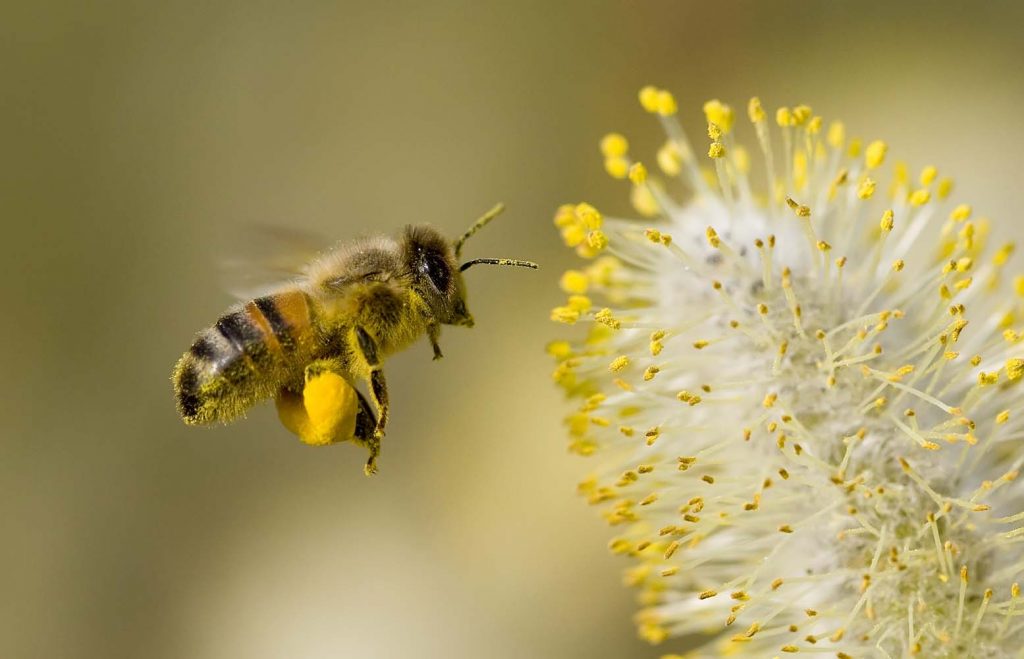
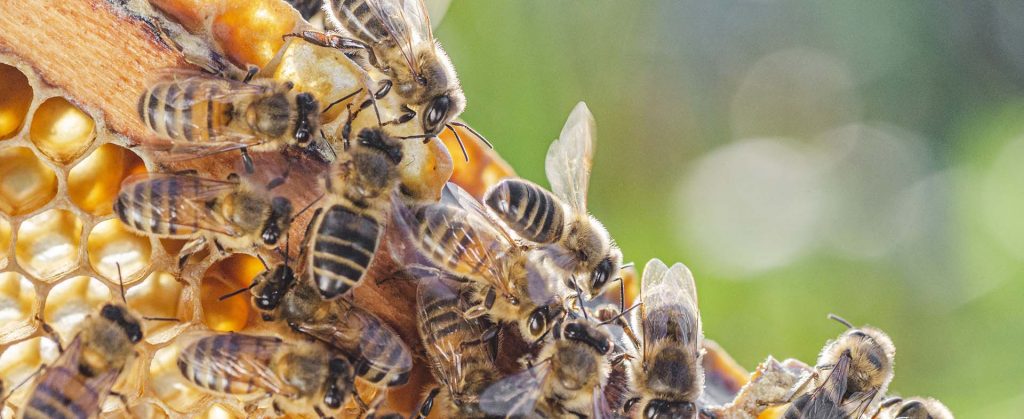
- Be prepared to get close enough to the bee to take a good photograph for identification.
- Please note that wasps and hornets are often mistaken for honey bees.
- Our members do not exterminate or remove any insect other than Honey bees. Please refer to a professional exterminator if you have any insect in the wasp or hornet family.
- Please identify your insect BEFORE you place a call!
Use the following tools to help you identify the bee:
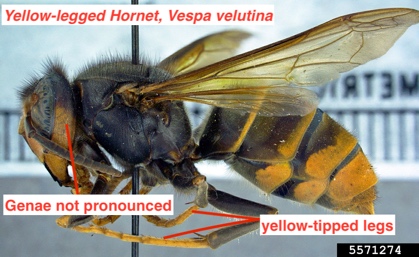
If you believe you have encountered the Yellow Legged Hornet – a new invasive species, please immediately contact Clemson Regulatory Services : CLICK HERE.
Where are they located?
Is it a SWARM?
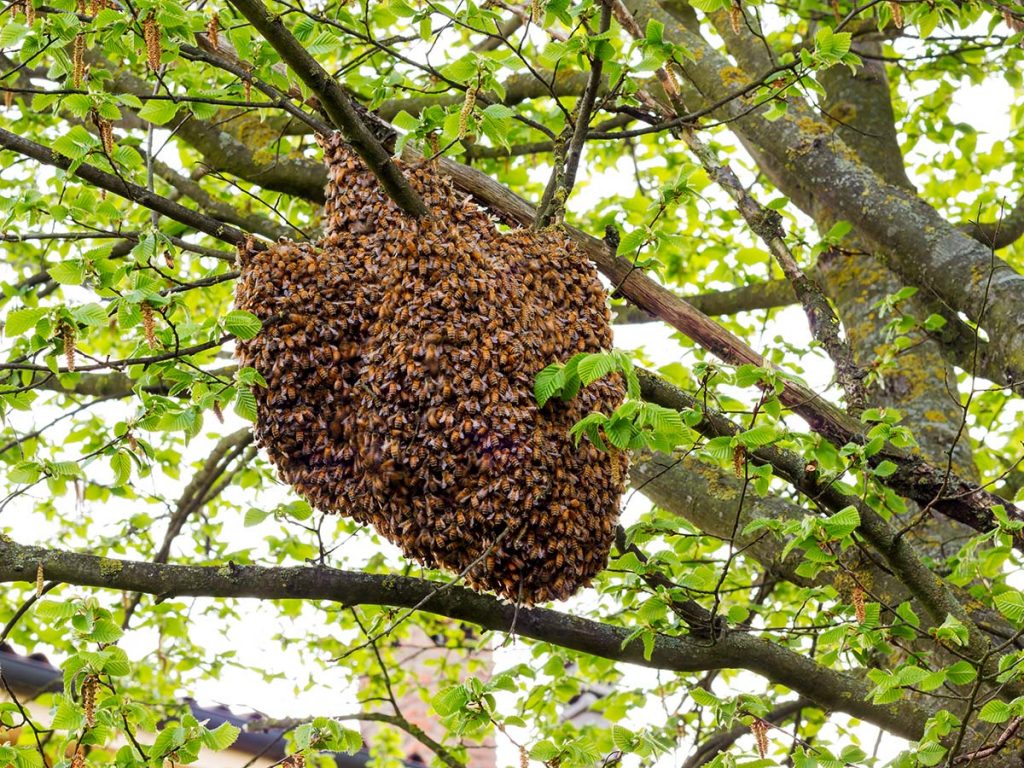
A swarm of bees sometimes frightens people, though the bees are usually not aggressive at this stage of their life cycle. This is principally due to the lack of brood (developing bees) to defend, and their interest in finding a new nesting location for their queen. Swarming is the natural means of reproduction of honey bee colonies. Swarms are typically found out in the open because the cluster of bees are there temporarily while they determine where to make their new nest.
Be prepared to take a picture of the location to share with the beekeeper and note the distance from the ground and important adjoining structures.
Are the bees INSIDE a structure?
Honey bees who have already found their new home in your structure may require them to be “cut out” or “trapped out” of the structure. Not all beekeepers are prepared or experienced to remove bees from structures. Be sure that you clearly articulate to the beekeeper the location of the bees and ask if they are experienced to do the removal. Please keep in mind that removal may require some damage to the structure like removing part of a wall or removing rock or brick. The beekeeper will take care to do as little damage as necessary, but it is the responsibility of the homeowner to hire a licensed contractor to make the repairs.
Locate a Beekeeper near you!
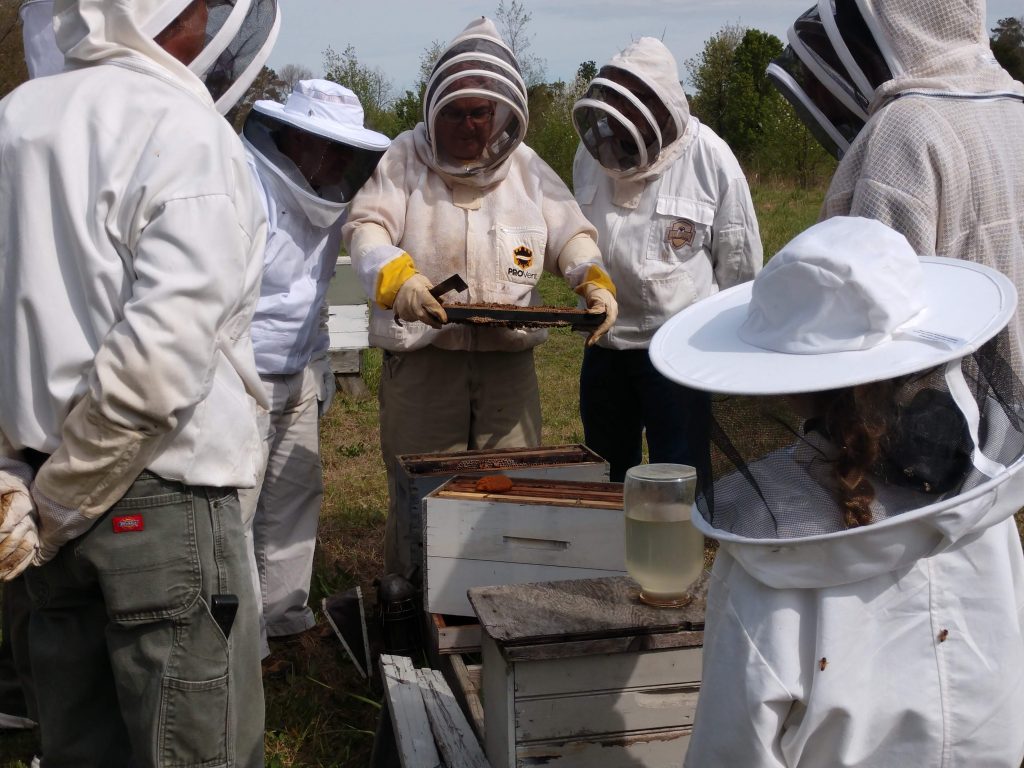
Over 32 local beekeeping clubs are represented among the members of the SC Beekeepers Association. These clubs meet monthly for education and training. Please use the link below to go to our current list of clubs to find one near you. Call the local club and provide as much information as you can about your bees so that they can partner with you to remove them.
If you are unable to find a club in your area, please CONTACT US for assistance.
